In this comprehensive guide, we’ll explore how AI-powered SEO writing is revolutionizing content creation, examine the best tools currently available, and look at strategies for effectively blending artificial intelligence with human expertise.
The Game-Changing Benefits of AI-Powered SEO Writing
The adoption of AI in content creation has skyrocketed in recent years. According to a 2023 report by Semrush, 71% of marketers now use AI tools for content creation, up from just 29% in 2019. This dramatic shift isn’t happening without reason—AI-powered SEO writing offers substantial benefits that traditional methods simply can’t match.
Unprecedented Speed & Efficiency

What once took days now takes hours or even minutes. AI tools can generate full-length, SEO-optimized articles in a fraction of the time it would take a human writer. This efficiency allows content teams to:
- Scale content production without expanding headcount
- Respond quickly to trending topics and search queries
- Test multiple content approaches simultaneously
- Focus human resources on strategy rather than execution
Data-Driven Keyword Optimization
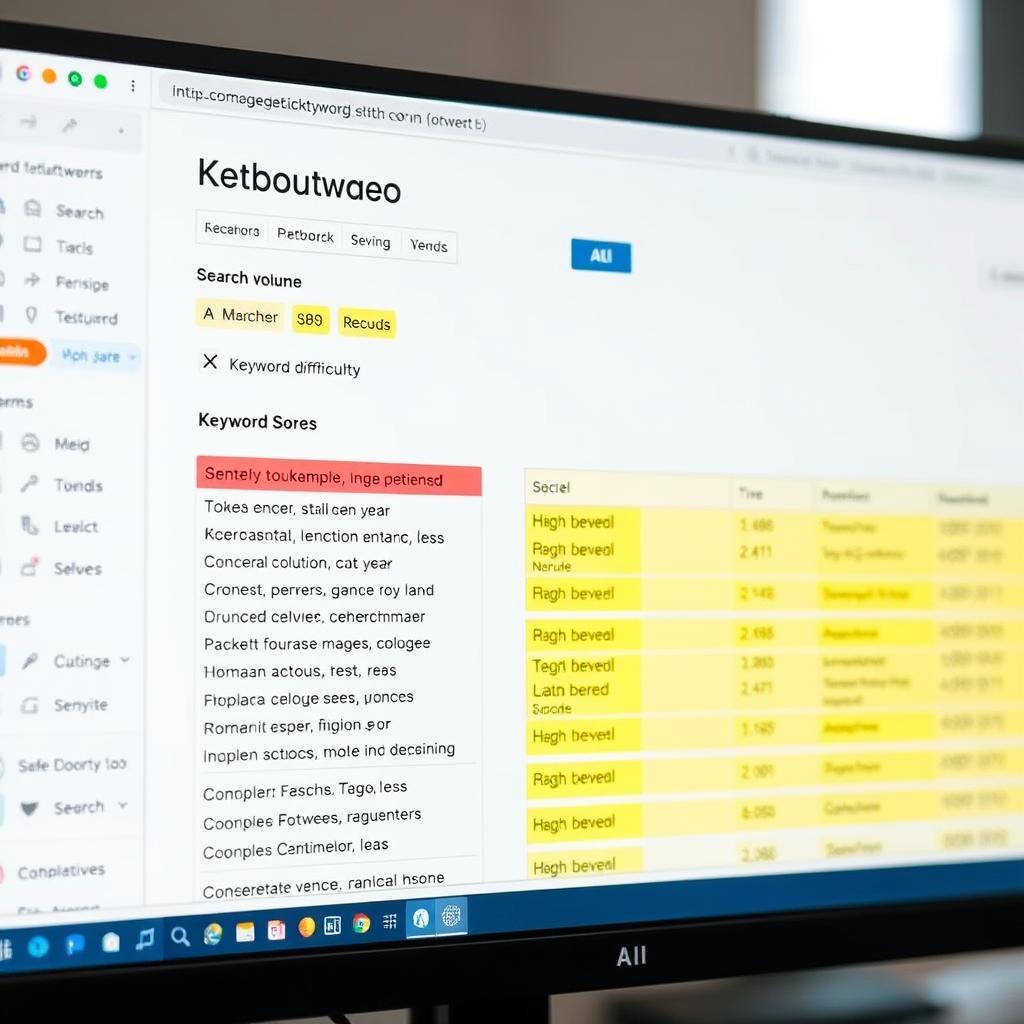
AI doesn’t just write—it researches. Modern AI-powered SEO writing tools analyze top-ranking content, identify keyword opportunities, and suggest optimal content structure. This data-driven approach helps you:
- Identify semantic keywords you might otherwise miss
- Understand search intent more comprehensively
- Optimize content structure based on what’s already ranking
- Maintain ideal keyword density without keyword stuffing
Personalization at Scale
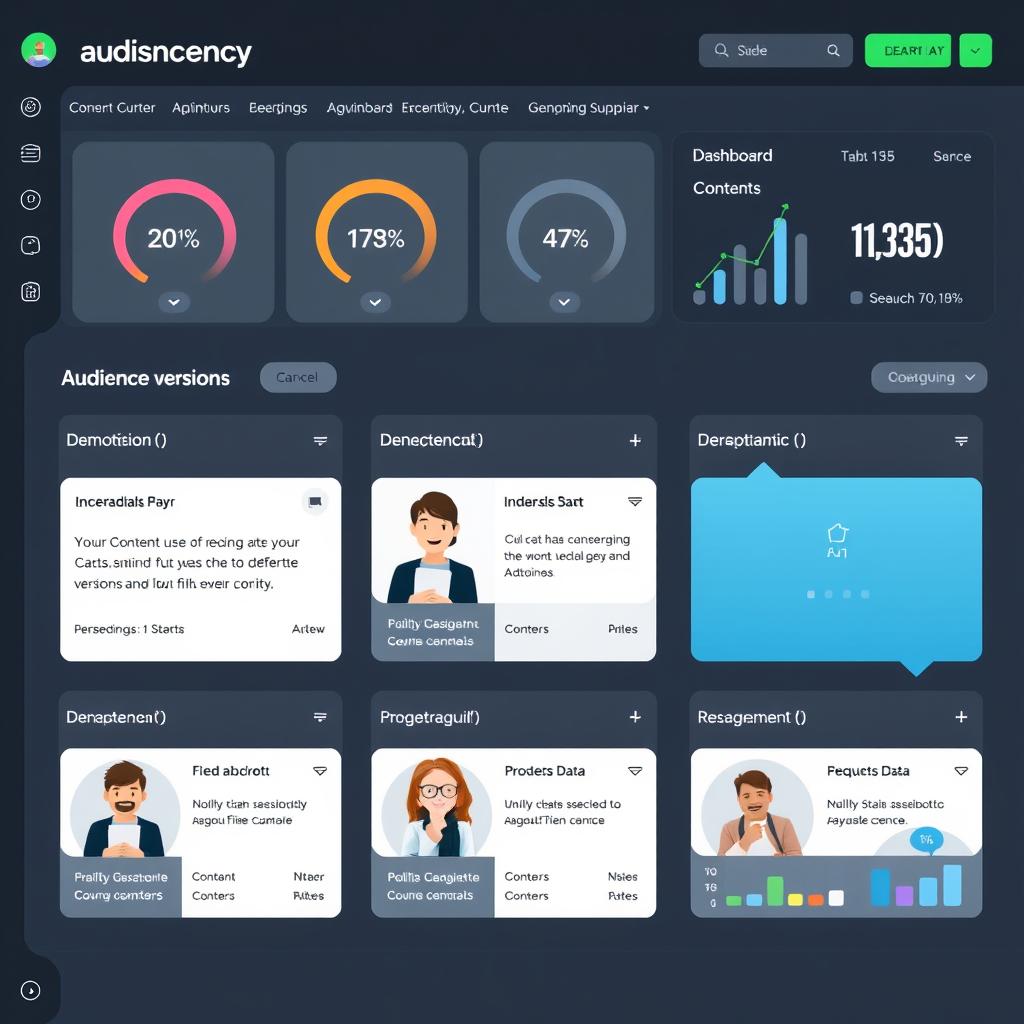
Creating personalized content for different audience segments used to be prohibitively time-consuming. AI changes that equation by allowing you to:
- Generate variations of content for different buyer personas
- Adapt tone and complexity to match audience preferences
- Create localized content for different markets
- Test multiple headlines and introductions to maximize engagement
“AI isn’t replacing content creators—it’s supercharging them. The most successful teams today are using AI to handle the heavy lifting of research and drafting, while humans focus on strategy, creativity, and emotional intelligence.”
According to a 2023 study by Content Marketing Institute, organizations using AI-powered SEO writing tools report a 67% increase in content production volume while maintaining or improving quality metrics. Additionally, these organizations see an average 43% reduction in time-to-publish for new content.
Top 5 AI-Powered SEO Writing Tools in 2025
The market for AI-powered SEO writing tools has exploded in recent years, with options ranging from comprehensive all-in-one platforms to specialized niche solutions. After testing dozens of tools and analyzing user feedback, we’ve identified the five most effective AI-powered SEO writing tools for content creators in 2025.

1. Writesonic – The All-in-One AI Content Platform
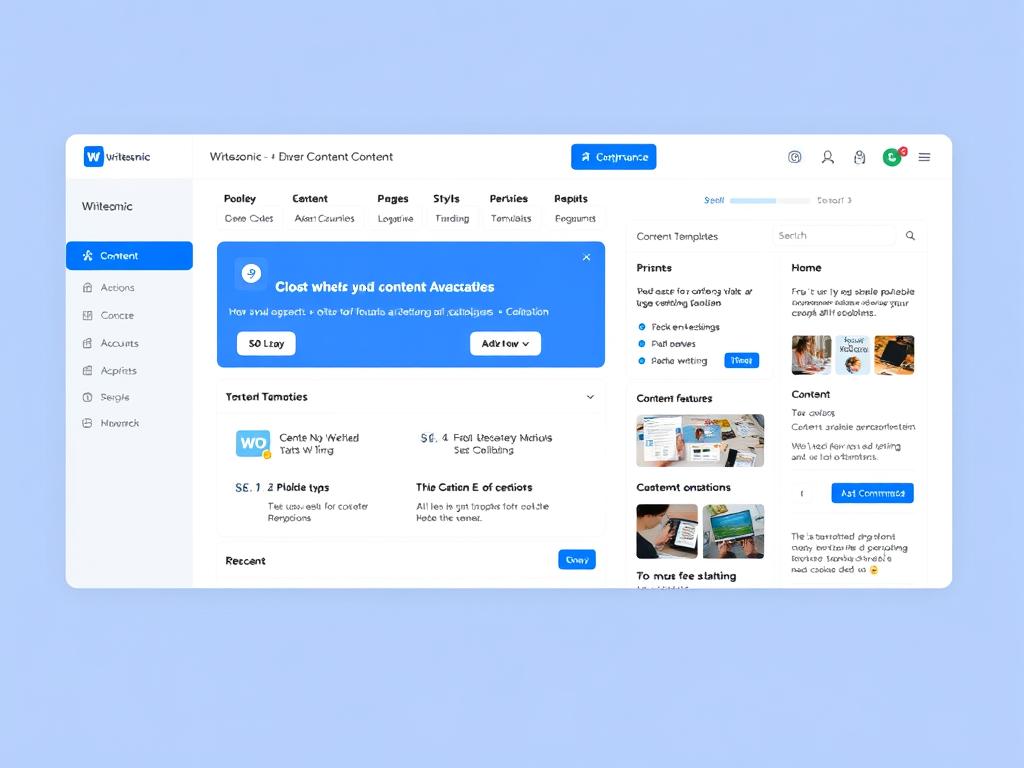
Writesonic stands out as a comprehensive AI-powered SEO writing solution that combines content creation with powerful optimization features. What makes it particularly valuable is its ability to integrate with tools like Ahrefs, Semrush, and Google Search Console to pull in real-time SEO data.
Key Features:
- Chatsonic AI agent that works with multiple AI models (GPT-4o, Claude, Gemini)
- Real-time SEO data integration from major tools
- Brand voice customization with uploaded guidelines
- One-click publishing to WordPress and other platforms
- Content optimization with keyword suggestions and readability analysis
Pros
- Excellent integration with SEO tools
- Multiple AI models for different content needs
- Comprehensive brand voice training
- Direct publishing capabilities
Cons
- Higher learning curve for beginners
- Premium pricing may be prohibitive for small teams
- Some users report occasional interface glitches
Pricing: Starts at $19/month for the Pro plan. Free trial available with no credit card required.
2. Clearscope – Premium Content Optimization Platform
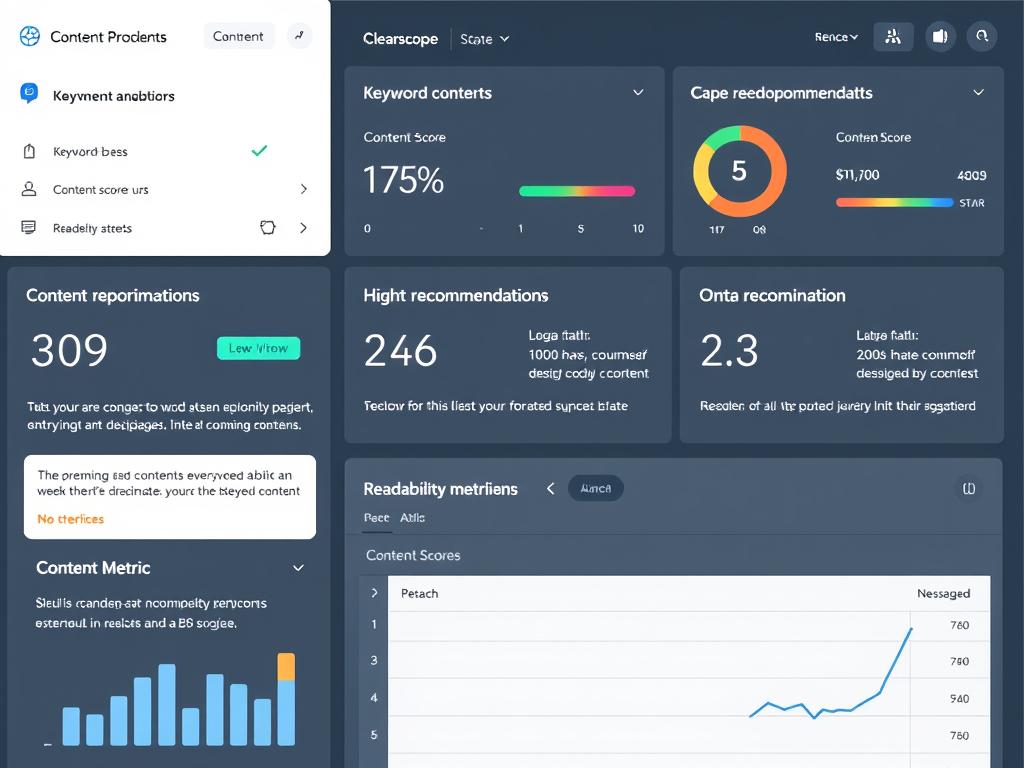
Clearscope is the gold standard for content optimization, trusted by enterprise teams and serious content marketers. Unlike tools that generate content from scratch, Clearscope focuses on optimizing human-written content with data-driven recommendations based on what’s already ranking.
Key Features:
- Comprehensive keyword and entity recommendations based on top-ranking content
- Live content scoring as you write with Google Docs integration
- Search intent matching with topic suggestions
- Team collaboration with comments and assignments
- Multi-language optimization support
Pros
- Industry-leading content optimization
- Excellent Google Docs integration
- Recognizes semantic variations
- Exceptional customer support
Cons
- Premium pricing (starts at $170/month)
- Not a full content generator
- Limited AI outline capabilities
Pricing: Starts at $170/month for the Essentials plan. Custom pricing for enterprise needs.
3. Koala AI – Affordable SEO Content Creation
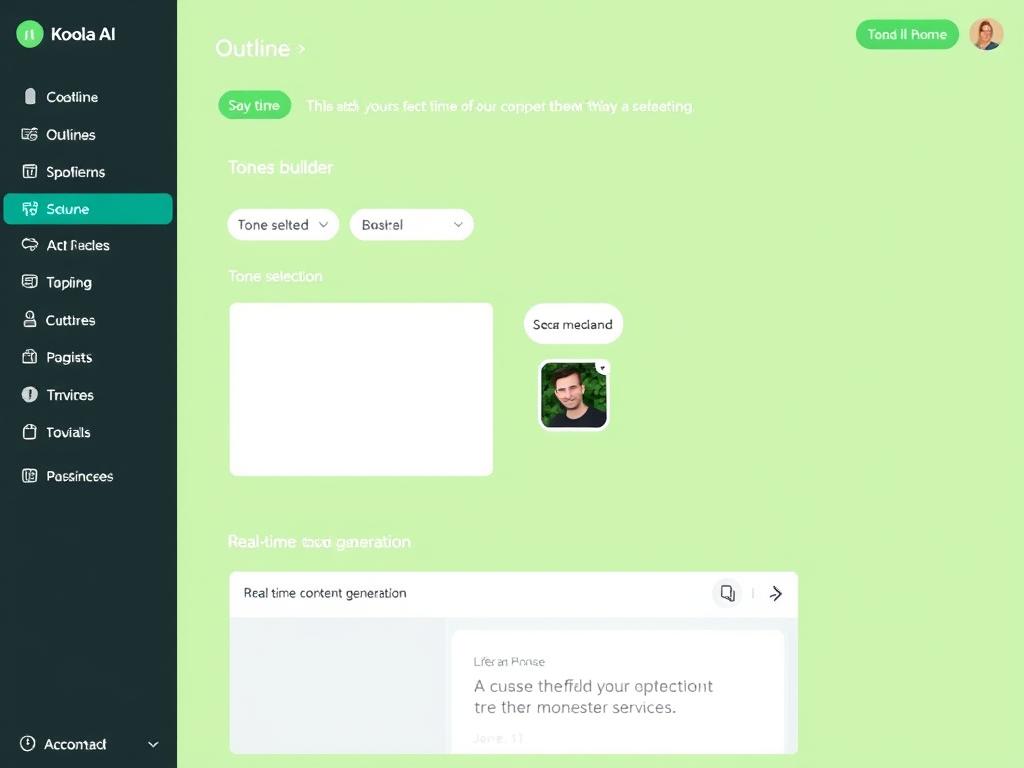
Koala AI has quickly become a favorite among budget-conscious content creators who need quality AI-powered SEO writing without breaking the bank. It offers impressive customization options and generates surprisingly human-like content that can rank well with proper editing.
Key Features:
- Customizable tone of voice with multiple options
- Adjustable word count for different content needs
- Target keyword optimization for better rankings
- Customizable outline before content generation
- Support for 100+ languages
Pros
- Extremely affordable pricing
- User-friendly interface
- Generous free plan (5,000 words)
- Strong multilingual support
Cons
- Less advanced SEO features than premium tools
- Limited integration with other platforms
- Content sometimes requires more editing
Pricing: Free plan with 5,000 words per month. Paid plans start at $9/month for 15,000 words.
Special Offer: Use code AIHIKA15 for 15% off all Koala AI payment plans!
4. AirOps – Enterprise-Grade Content Automation
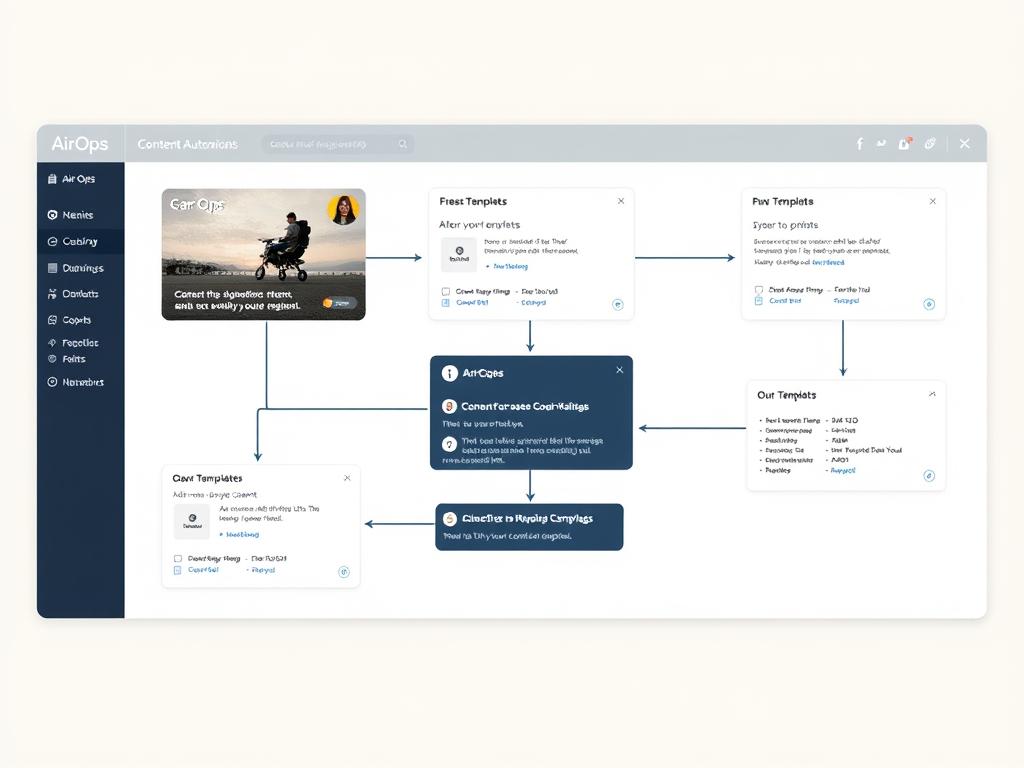
AirOps is a customizable AI content operations platform designed for agencies and enterprise teams who need to automate SEO and content workflows at scale. It combines multiple AI models with flexible templates and robust integrations.
Key Features:
- Build AI workflows with 40+ models (GPT-4, Claude, Gemini)
- Train models on your brand tone with customizable Brand Kit
- Create reusable templates for SEO content
- Direct publishing to WordPress, Webflow, and other CMSs
- Real-time SEO data integration
Pros
- Exceptional workflow automation
- Excellent tech stack integration
- Highly customizable templates
- Strong brand voice training
Cons
- Steeper learning curve
- Higher price point for small teams
- Some features require technical setup
Pricing: Starts at $49/month for the Solo plan. Team plans at $149/month. Enterprise pricing available.
5. Rankscale.ai – AI Search Visibility Optimization
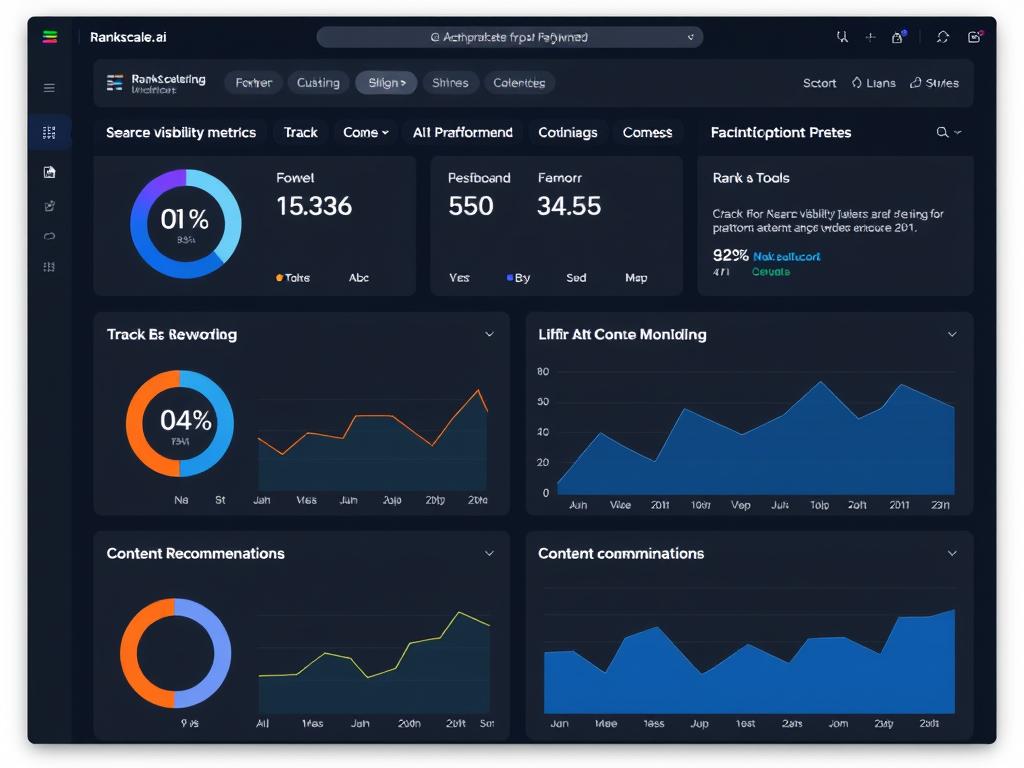
Rankscale.ai takes a unique approach to AI-powered SEO writing by focusing on “Generative Engine Optimization” (GEO)—ensuring your content appears in AI search results from platforms like ChatGPT, Perplexity, Claude, and Google’s AI Overviews.
Key Features:
- Track visibility across major AI search engines
- Monitor rankings for specific keywords by engine and region
- Analyze sentiment in AI-generated mentions of your brand
- See which sources AI tools cite when referencing your content
- Get content recommendations to boost AI search performance
Pros
- Unique focus on AI search visibility
- Highly specific tracking capabilities
- Flexible credit-based pricing
- Regular feature updates
Cons
- Newer platform still evolving
- Less focus on traditional SEO
- Results can vary due to AI search volatility
Pricing: Pay-as-you-go credit-based model starting at $20. Early access available with free credits.
Best Practices for Blending AI with Human Creativity
The most successful content creators aren’t simply replacing human writers with AI—they’re creating strategic workflows that leverage the strengths of both. Here’s how to effectively blend AI-powered SEO writing with human creativity to create content that ranks well and resonates with readers.

Start with Strategic Planning

Even the most advanced AI can’t replace strategic thinking. Begin your content process with human-led planning:
- Define clear content goals and KPIs
- Research your audience’s pain points and questions
- Identify content gaps in your industry
- Develop a unique angle or perspective
Only after establishing your strategy should you engage AI tools to execute on that vision. This ensures your content serves business objectives rather than simply generating words on a page.
Use AI for Research & First Drafts
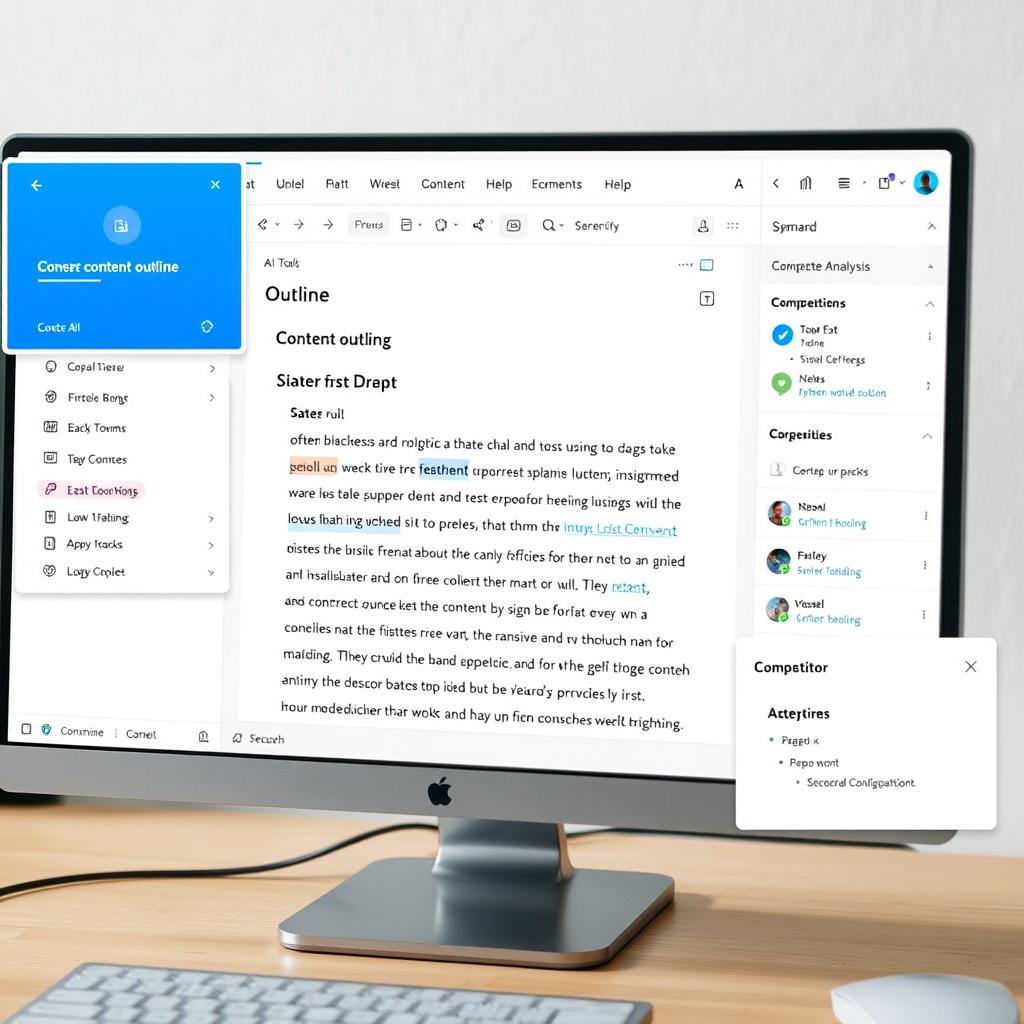
AI excels at gathering and synthesizing information quickly. Leverage this strength by using AI for:
- Comprehensive keyword research
- Competitive content analysis
- Creating detailed outlines
- Generating first drafts
- Suggesting section headers and structure
These tasks benefit from AI’s ability to process large amounts of data and identify patterns that humans might miss. Let AI handle the heavy lifting of research and initial drafting.
Add Human Elements & Expertise

After generating AI content, human editors should enhance it with elements that AI struggles to replicate:
- Personal anecdotes and experiences
- Industry expertise and insider knowledge
- Brand voice and personality
- Cultural nuances and humor
- Emotional appeals and storytelling
These human touches transform generic AI content into compelling narratives that build trust and connection with your audience.
E-E-A-T: The Human Element Google Values
Google’s E-E-A-T guidelines (Experience, Expertise, Authoritativeness, Trustworthiness) emphasize the importance of human elements in content. When editing AI-generated content, focus on incorporating:
- Experience: Personal stories and firsthand accounts
- Expertise: Specialized knowledge and professional insights
- Authoritativeness: Citations from credible sources and industry recognition
- Trustworthiness: Accurate information and transparent disclosure
These elements are difficult for AI to generate authentically but are crucial for ranking well in search results.
Step-by-Step AI-Human Workflow
| Step | AI Role | Human Role | Best Practice |
| 1. Strategy | Suggest content opportunities based on data | Define goals, audience, and unique angle | Always start with human-led strategy sessions |
| 2. Research | Gather keywords, analyze competitors, identify trends | Validate findings, add industry context | Use AI for broad research, humans for depth |
| 3. Outlining | Generate structured outline with headers | Refine structure, add unique sections | Review AI outlines against search intent |
| 4. First Draft | Create initial content based on outline | Review for accuracy and gaps | Generate multiple AI versions to compare |
| 5. Enhancement | Suggest improvements for SEO and readability | Add expertise, stories, brand voice | Focus human time on unique value-adds |
| 6. Optimization | Check keyword usage, suggest meta tags | Ensure natural keyword integration | Use tools like Clearscope for final checks |
| 7. Publishing | Schedule posts, suggest distribution channels | Final approval and promotion strategy | Human should always have final review |
“The future belongs to neither pure AI content nor purely human content—it belongs to hybrid content that combines AI efficiency with human creativity, expertise, and emotional intelligence.”
Future Trends in AI-Powered SEO Writing
The landscape of AI-powered SEO writing is evolving rapidly. Understanding emerging trends can help you stay ahead of the curve and adapt your content strategy accordingly. Here are the key developments to watch in the coming years.

Predictive SEO & Intent Forecasting
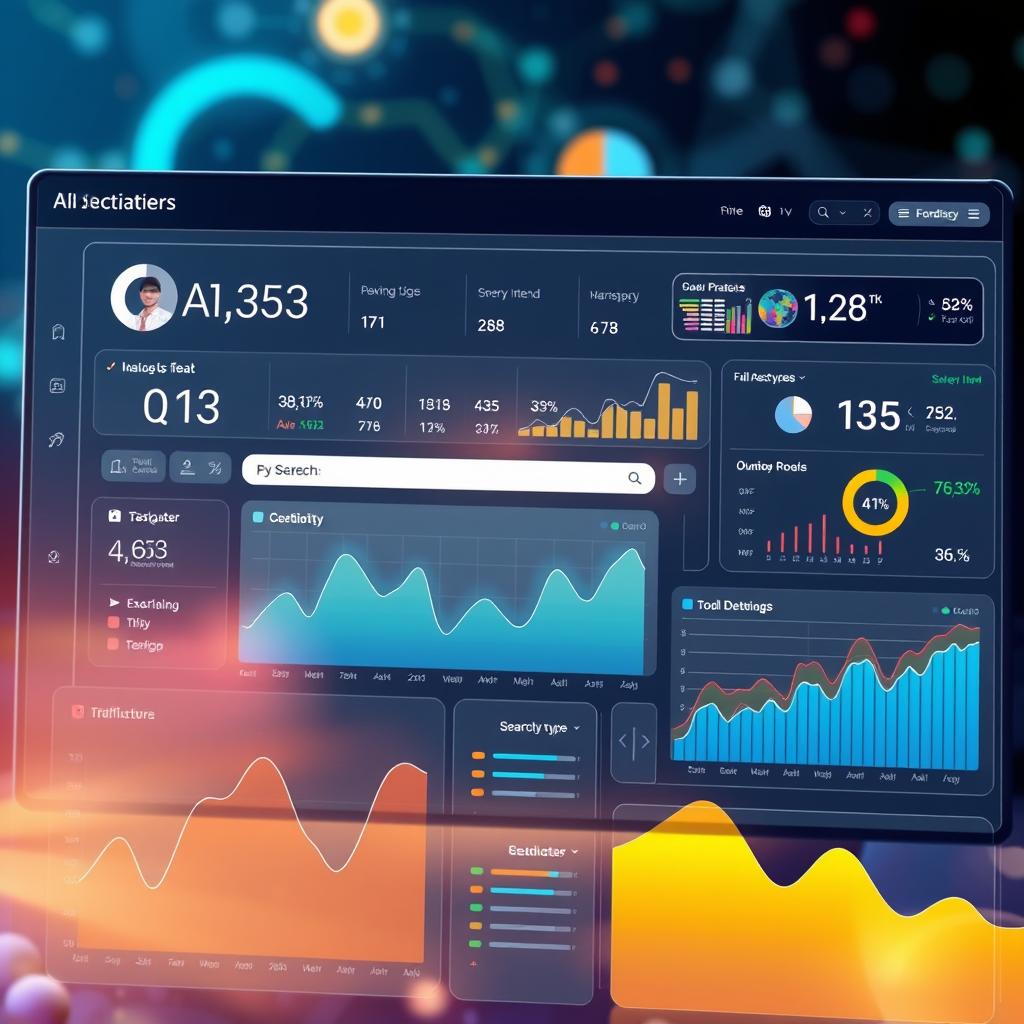
Next-generation AI won’t just analyze current search patterns—it will predict future ones. This predictive capability will allow content creators to:
- Identify emerging topics before they trend
- Forecast seasonal search pattern shifts
- Predict changes in user intent for existing keywords
- Anticipate algorithm updates based on pattern recognition
By creating content for tomorrow’s searches today, brands can establish authority early and capture market share as trends emerge.
Multilingual Content Scaling

AI translation has improved dramatically, but the next frontier is true multilingual content scaling that includes:
- Cultural adaptation beyond literal translation
- Region-specific SEO optimization
- Automatic content localization for different markets
- Simultaneous publishing across languages
This capability will allow even small teams to maintain global content operations that were previously only possible for enterprise organizations with large localization teams.
Voice Search & Conversational Content

As voice search continues to grow, AI-powered SEO writing will evolve to create content specifically optimized for voice queries:
- Question-and-answer content structures
- Conversational featured snippets
- Long-tail voice query optimization
- Content designed for audio-first consumption
This shift will require content that balances conversational tone with structured data that voice assistants can easily parse and present to users.
Generative Engine Optimization (GEO)
Perhaps the most significant emerging trend is Generative Engine Optimization (GEO)—optimizing content to appear in AI-generated search results from platforms like ChatGPT, Perplexity, Claude, and Google’s AI Overviews.
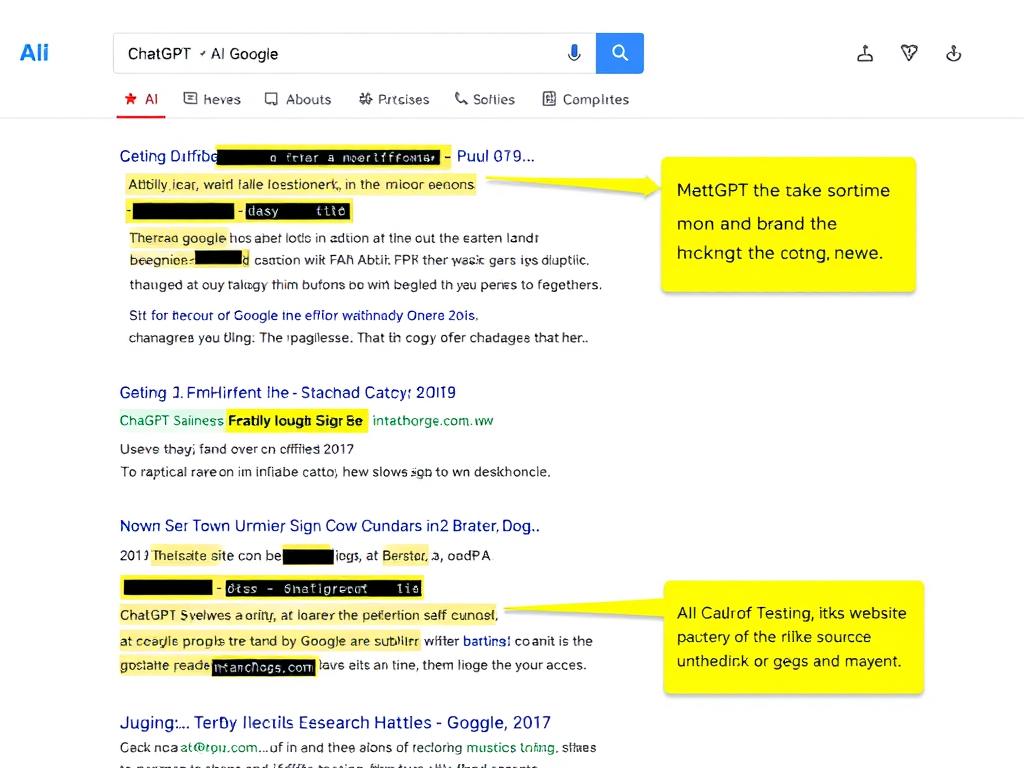
Unlike traditional SEO, which focuses on ranking in search engine results pages, GEO focuses on being cited as a source in AI-generated answers. This requires a different approach to content creation:
- Creating definitive, authoritative content that AI models recognize as trustworthy
- Structuring content in ways that make it easy for AI to extract and cite information
- Building domain authority that extends to AI search recognition
- Monitoring and optimizing for AI citation patterns
Tools like Rankscale.ai are already helping content creators track and improve their visibility in AI search results, but this field is still in its infancy. As AI search becomes more prevalent, expect GEO to become as important as traditional SEO in content strategy.
Ethical AI Content Creation
As AI-powered SEO writing becomes more sophisticated, ethical considerations will move to the forefront. Future trends in this area include:
- AI disclosure standards – Clear guidelines for when and how to disclose AI-generated content
- Anti-bias tools – Features that detect and correct potential biases in AI-generated content
- Attribution technology – Systems to properly credit sources used in AI content generation
- Authenticity verification – Methods for readers to distinguish between AI and human content
Organizations that proactively address these ethical considerations will build greater trust with their audiences and avoid potential regulatory issues as standards evolve.
Preparing for AI Content Detection
As AI content becomes more prevalent, search engines and platforms are developing increasingly sophisticated detection methods. To future-proof your content strategy:
- Focus on adding unique human insights to AI-generated drafts
- Avoid publishing raw AI output without significant editing
- Incorporate original research, interviews, and proprietary data
- Develop a distinctive brand voice that AI can’t easily replicate
These practices will help ensure your content remains valuable and ranking-worthy as detection algorithms evolve.
Conclusion: Embracing the AI-Powered SEO Writing Revolution
AI-powered SEO writing isn’t just changing how we create content—it’s transforming what’s possible for content teams of all sizes. From solo entrepreneurs to enterprise organizations, these tools are democratizing access to sophisticated content optimization and scaling capabilities that were once available only to those with substantial resources.
The most successful content creators in the coming years won’t be those who simply adopt AI tools, but those who develop thoughtful strategies for integrating AI and human creativity. By leveraging AI for research, drafting, and optimization while preserving the human elements that build connection and trust, you can create content that satisfies both search algorithms and human readers.
As you implement AI-powered SEO writing in your own workflow, remember these key principles:
- Start with clear strategy and goals before engaging AI tools
- Use AI to handle repetitive tasks and data-heavy analysis
- Preserve human creativity, expertise, and emotional intelligence
- Maintain ethical standards and transparency with your audience
- Stay informed about emerging trends and evolving best practices
The future of content creation isn’t human vs. AI—it’s human and AI working together to create better content than either could produce alone. By embracing this collaborative approach, you’ll be well-positioned to thrive in the evolving landscape of digital content.
Frequently Asked Questions About AI-Powered SEO Writing
Will Google penalize AI-generated content?
Google’s official stance is that they don’t penalize AI-generated content specifically, but rather content that fails to meet their quality standards regardless of how it was created. According to Google’s guidelines, content should demonstrate E-E-A-T (Experience, Expertise, Authoritativeness, and Trustworthiness) and provide value to readers.
The key is to use AI as a tool to assist in content creation rather than relying on it to generate unedited content at scale. Content that combines AI efficiency with human expertise, personal experience, and editorial oversight can perform well in search results.
How can I make AI-generated content sound more human?
To make AI-generated content sound more human:
- Add personal anecdotes and experiences that only you could share
- Incorporate industry-specific insights and expertise
- Edit for a consistent brand voice and tone
- Vary sentence structure and paragraph length
- Include conversational phrases and transitions
- Add humor, emotion, or cultural references where appropriate
- Read the content aloud to identify unnatural phrasing
Many AI writing tools now offer brand voice training features that can help maintain consistency across your content.
Which AI SEO tool is best for beginners?
For beginners, Koala AI offers the best combination of affordability, ease of use, and quality output. Its intuitive interface requires minimal training, and the free plan with 5,000 words per month provides ample opportunity to experiment before committing to a paid subscription.
Other beginner-friendly options include:
- Writesonic’s free plan, which includes limited access to their AI writing tools
- ChatGPT (free version) combined with a basic SEO tool like Yoast
- Jasper’s starter plan, which offers a user-friendly interface with templates
As you become more comfortable with AI-powered SEO writing, you can explore more advanced tools with additional features.
How do I optimize content for both traditional SEO and AI search?
To optimize for both traditional SEO and AI search (GEO):
- Focus on comprehensive coverage – Create content that thoroughly addresses the topic from multiple angles
- Structure content clearly – Use logical headers, lists, and tables that both search engines and AI can parse
- Prioritize E-E-A-T signals – Demonstrate expertise and authority that both Google and AI models recognize
- Include factual, citable information – AI search engines prefer to reference content with clear facts and data
- Answer questions directly – Both featured snippets and AI responses favor content that directly answers user queries
- Build topical authority – Create clusters of related content that establish your site as an authority
Tools like Rankscale.ai can help you track how your content performs in both traditional search results and AI-generated answers.
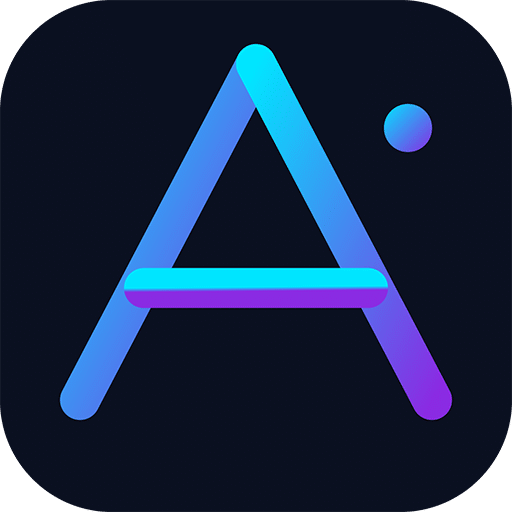
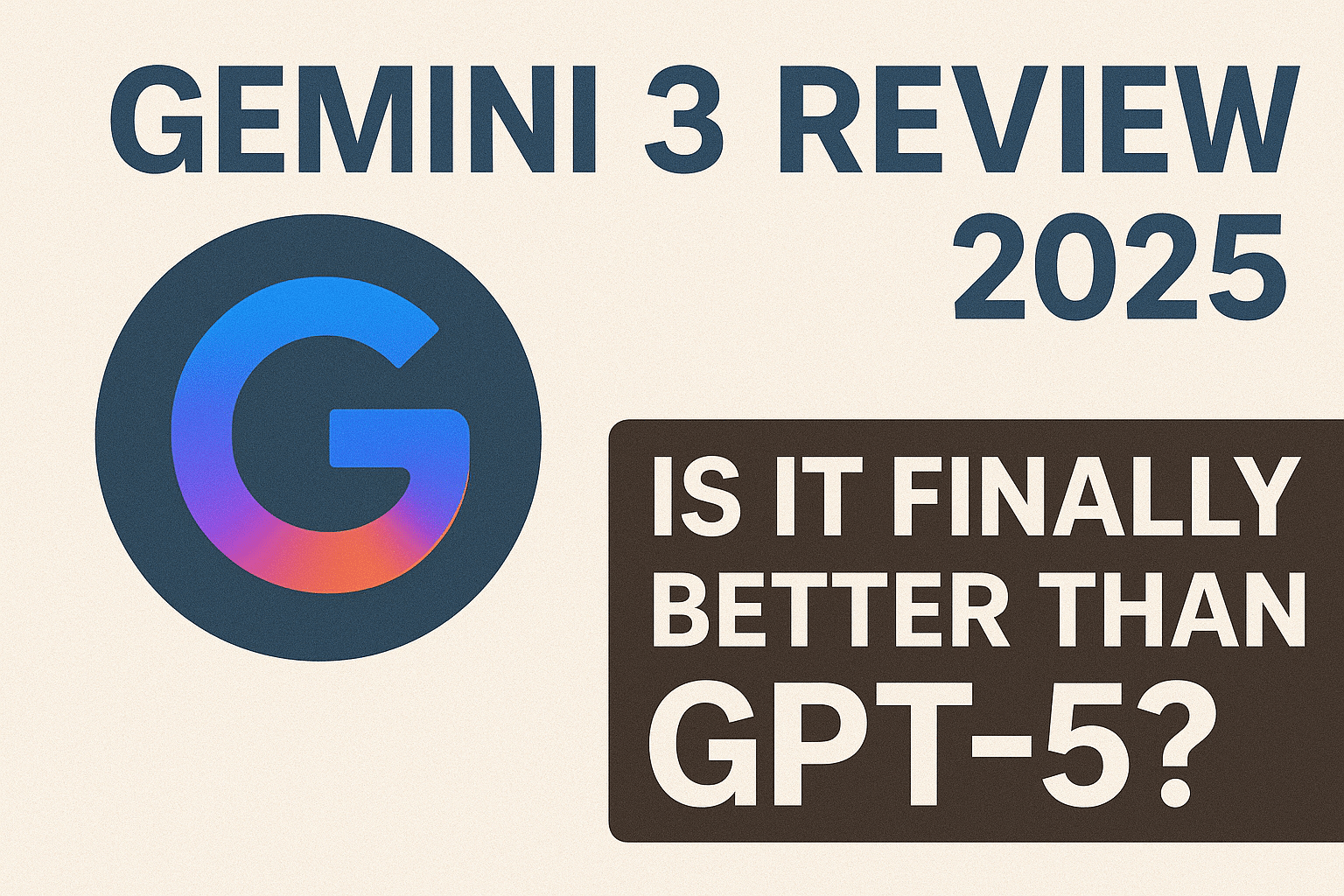
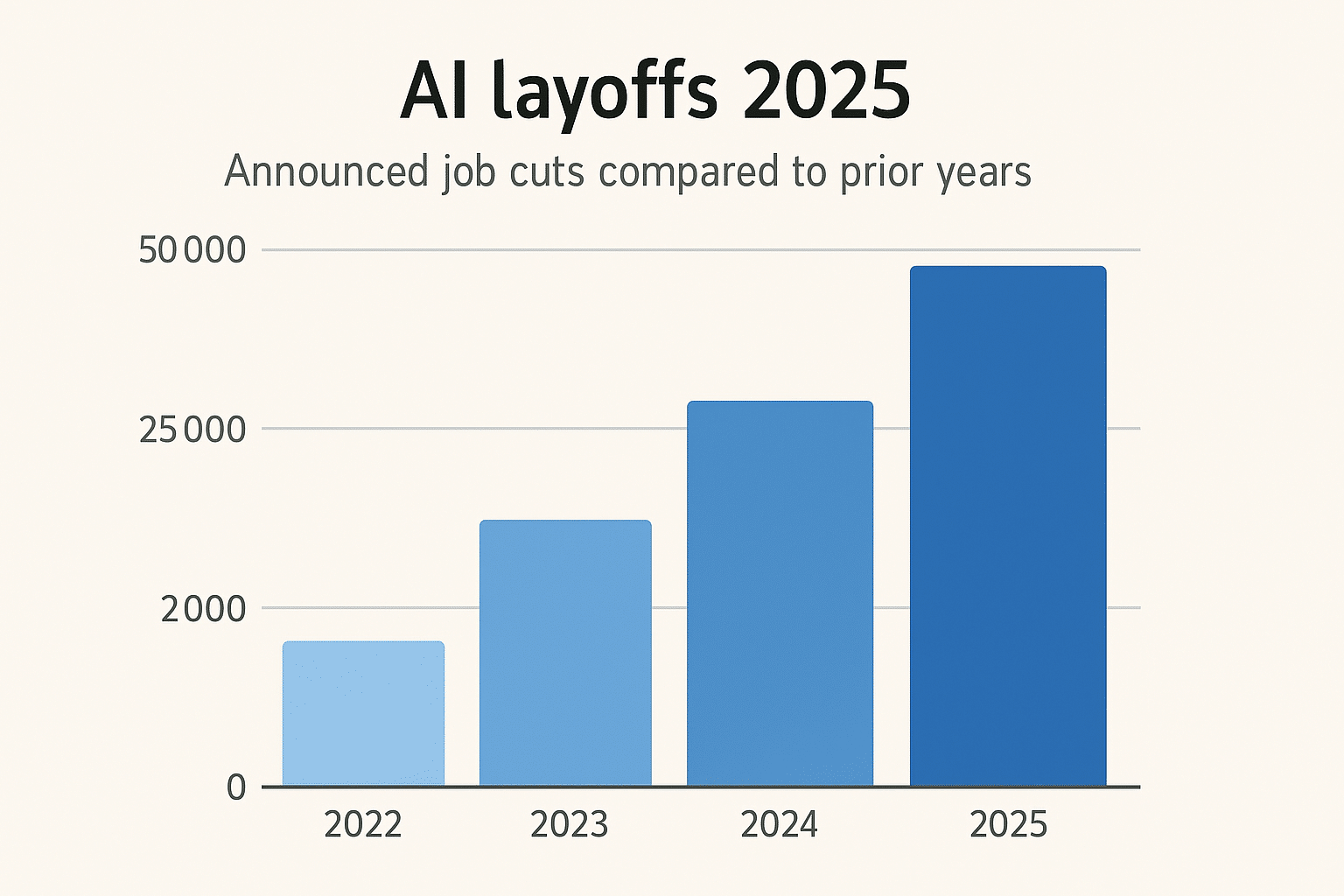
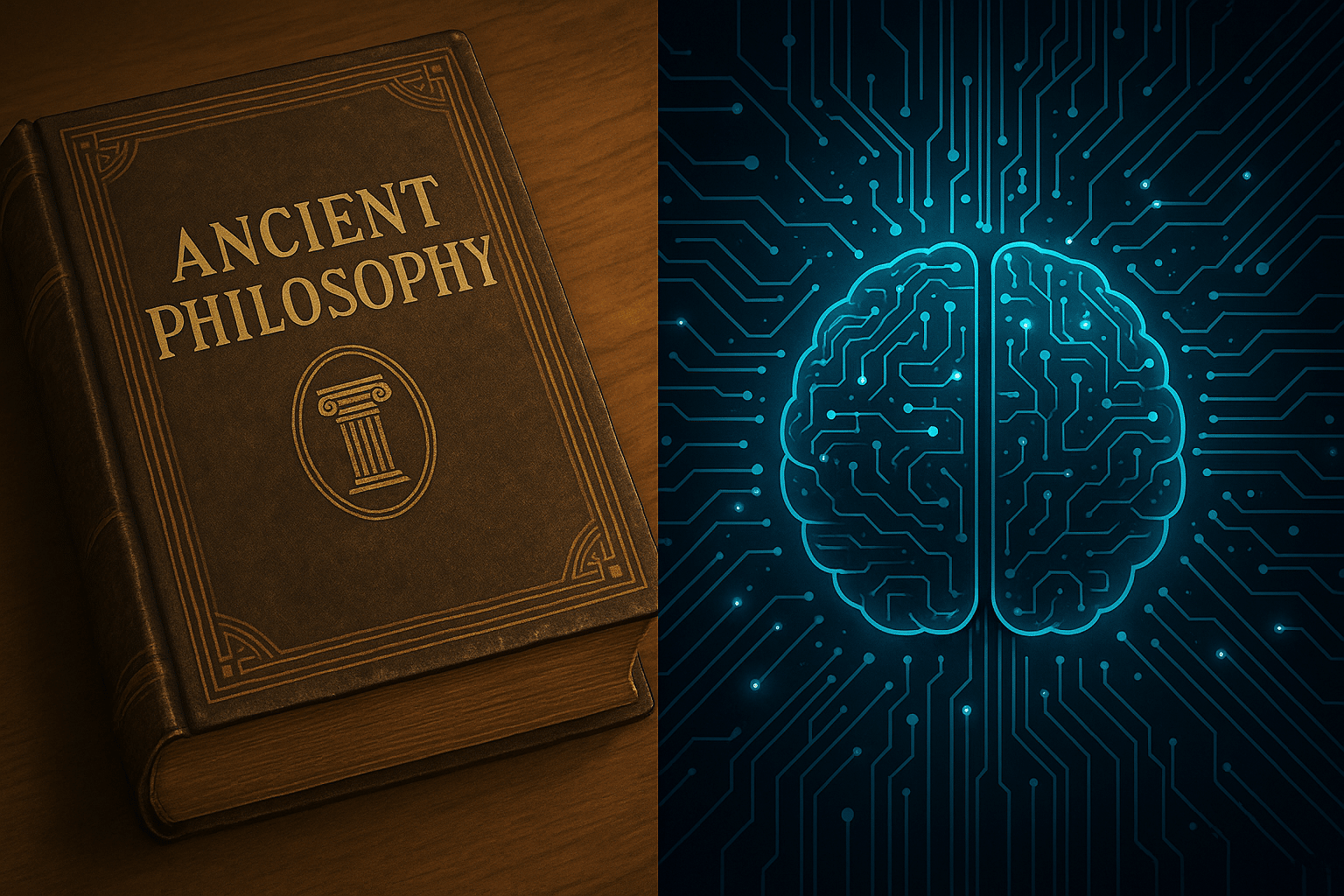





Leave a Reply